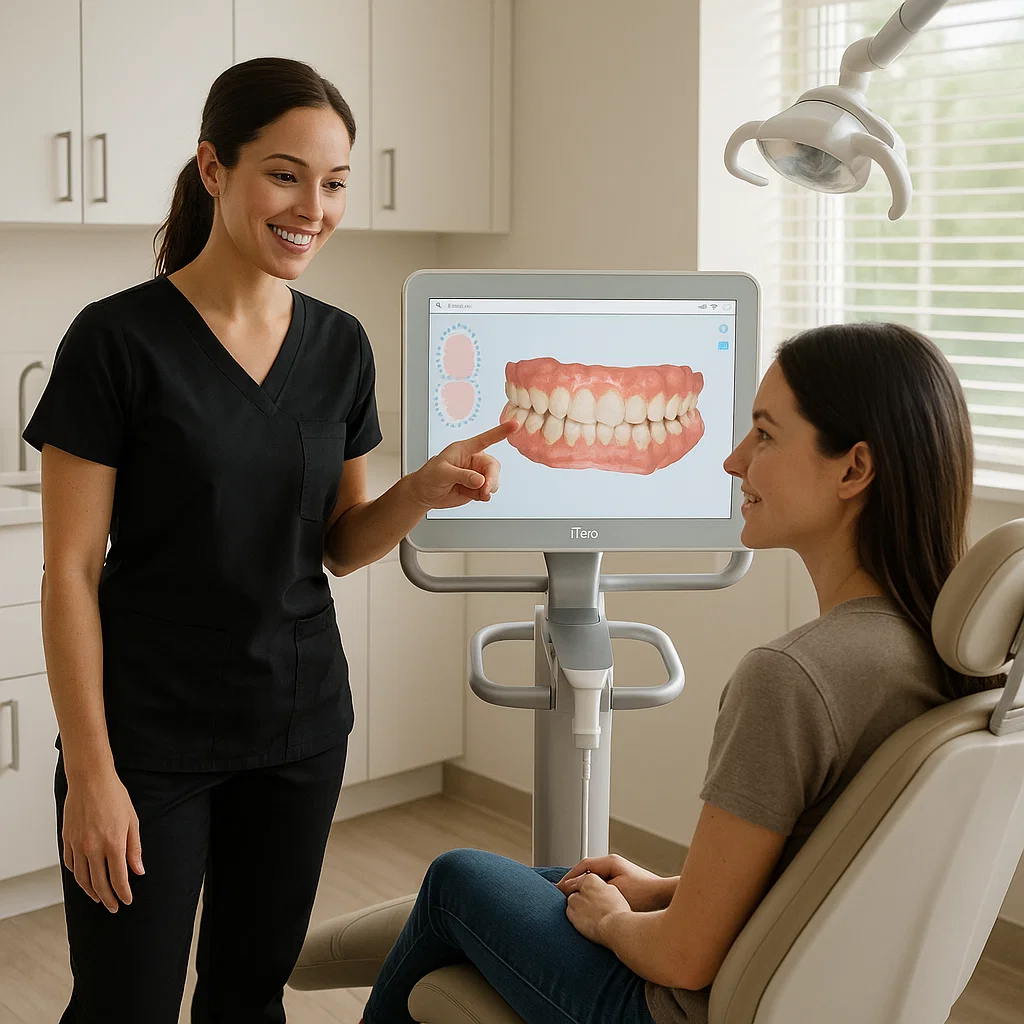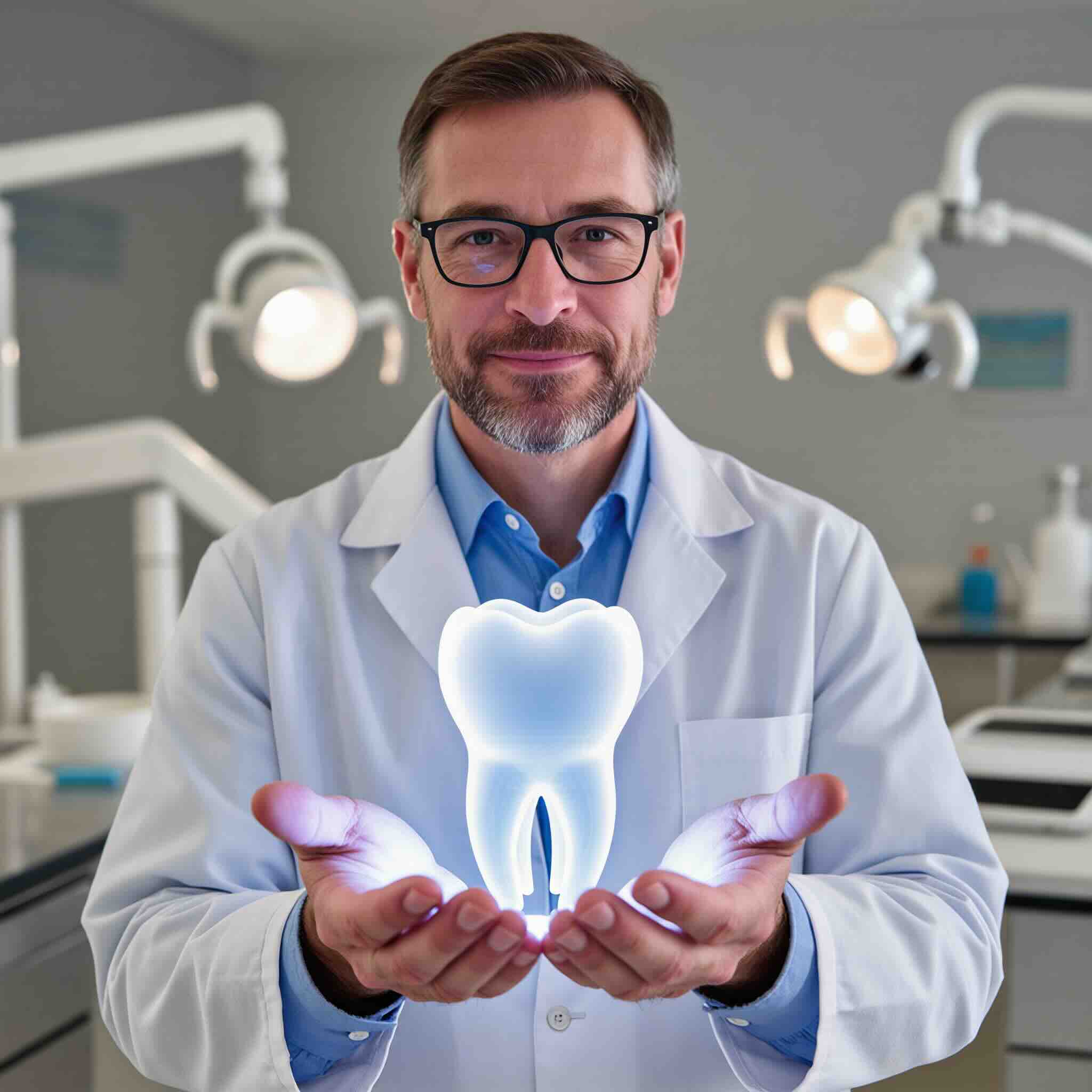Most people think of a cleaning as “just scraping off plaque.”
At KYT Dental Services, we know it’s about so much more: protecting your gums, catching silent problems early, and keeping your teeth for life.


Skipping cleanings isn’t just about stained teeth — it’s about what happens underneath the gums. Regular cleanings protect you from:




⚠ Removes plaque and tartar above the gums
⚠ Keeps teeth polished, smooth, and stain-free
⚠ Freshens breath and maintains a bright smile
⚠ Helps prevent cavities and early gum disease
Bottom Line: Regular cleanings protect what’s healthy and keep your smile looking its best.

🔍 Cleans deep under the gums where infection hides
🔍 Smooths tooth roots to stop bacteria from reattaching
🔍 Reduces gum inflammation and bleeding
🔍 Prevents tooth loss by protecting bone support
Bottom Line: Deep cleanings stop gum disease in its tracks and help save your teeth for life.





